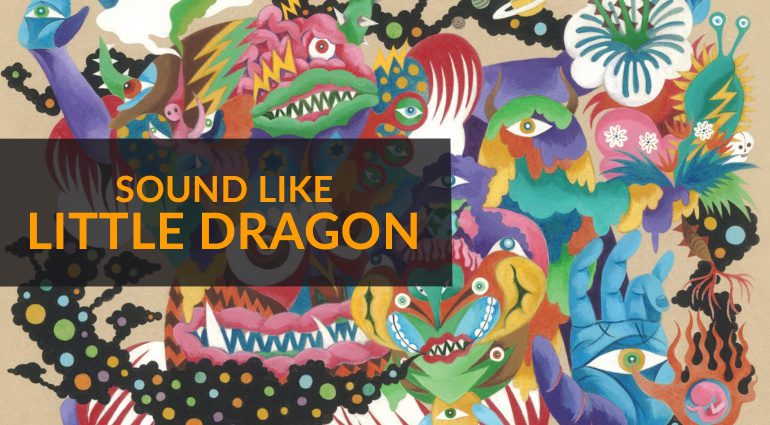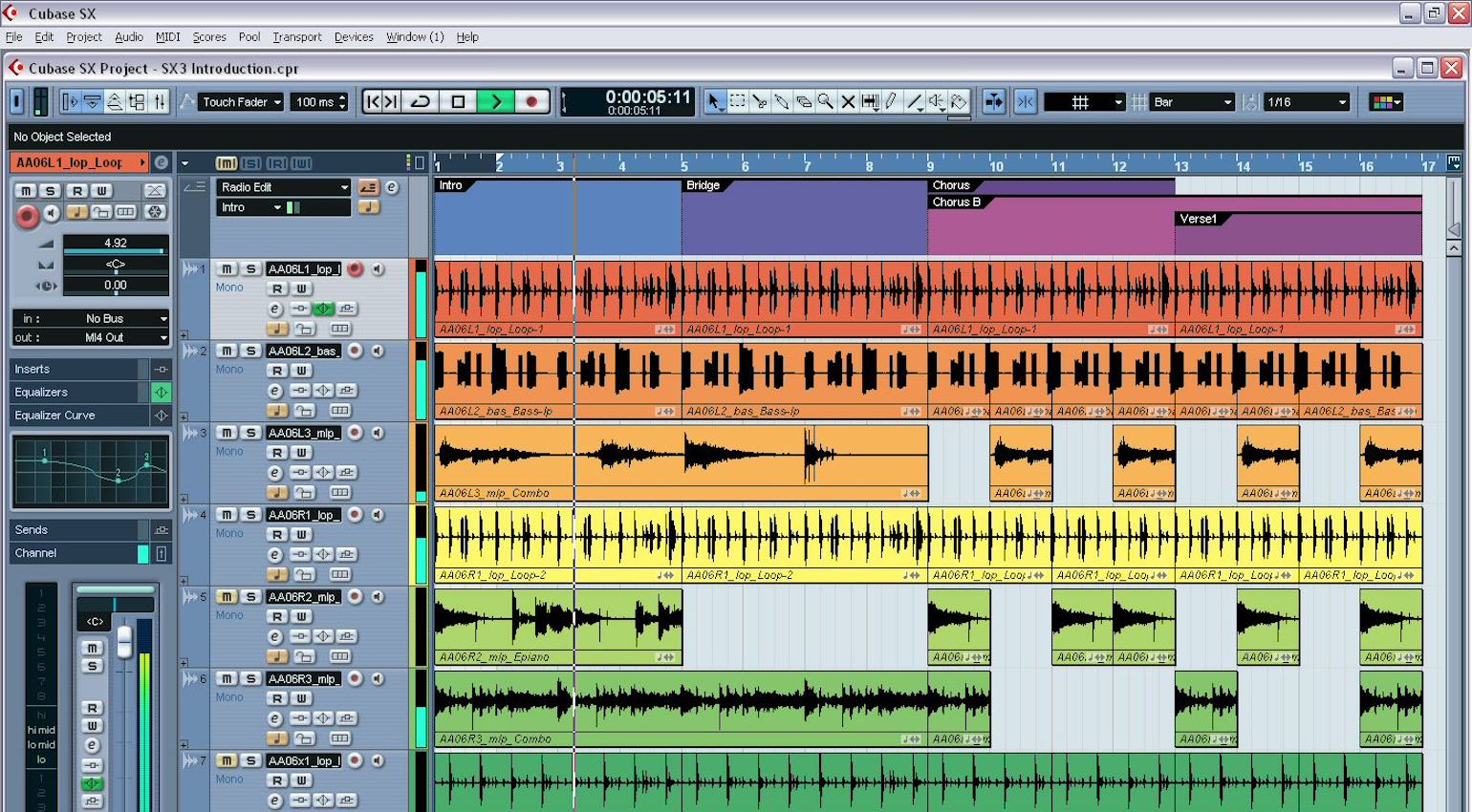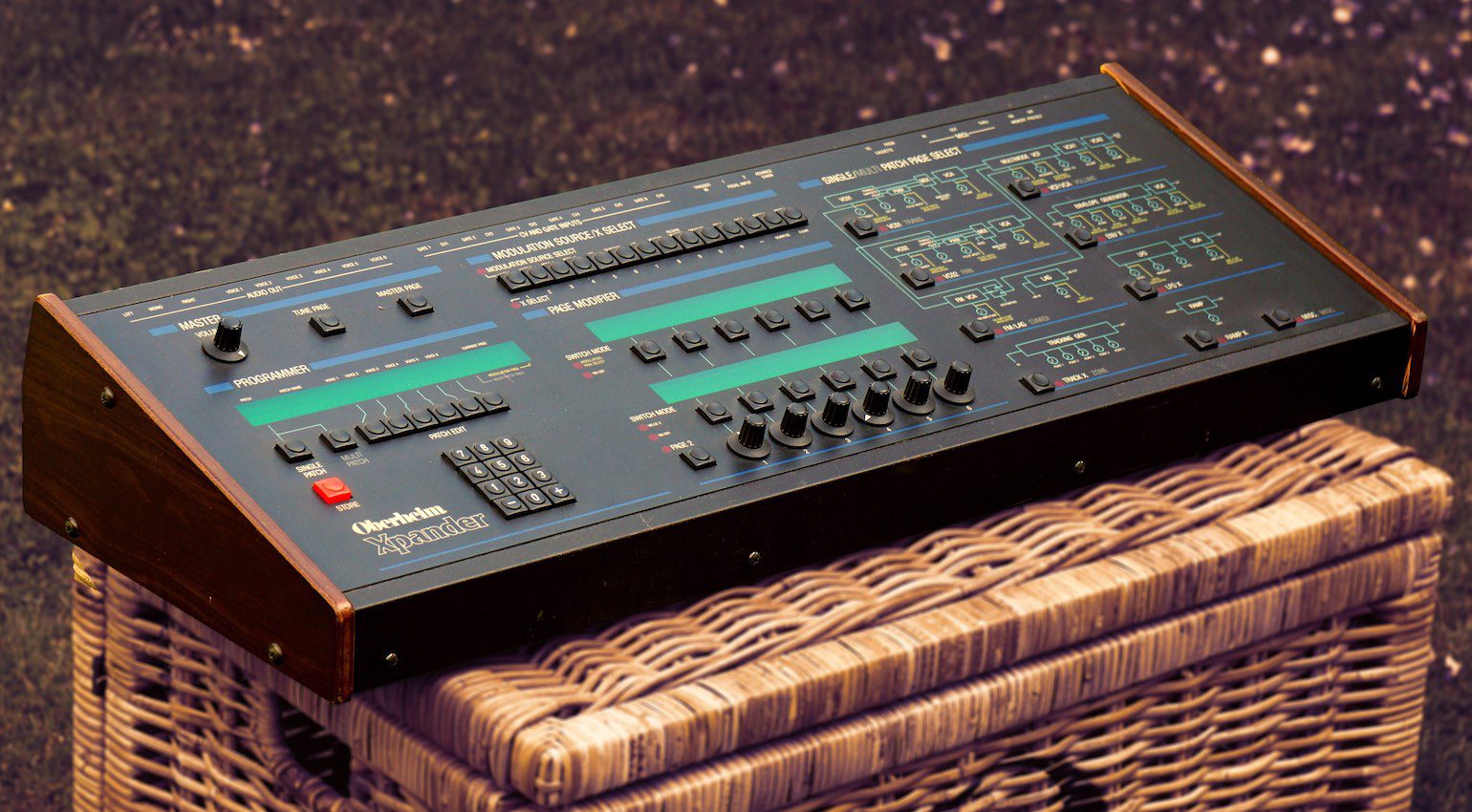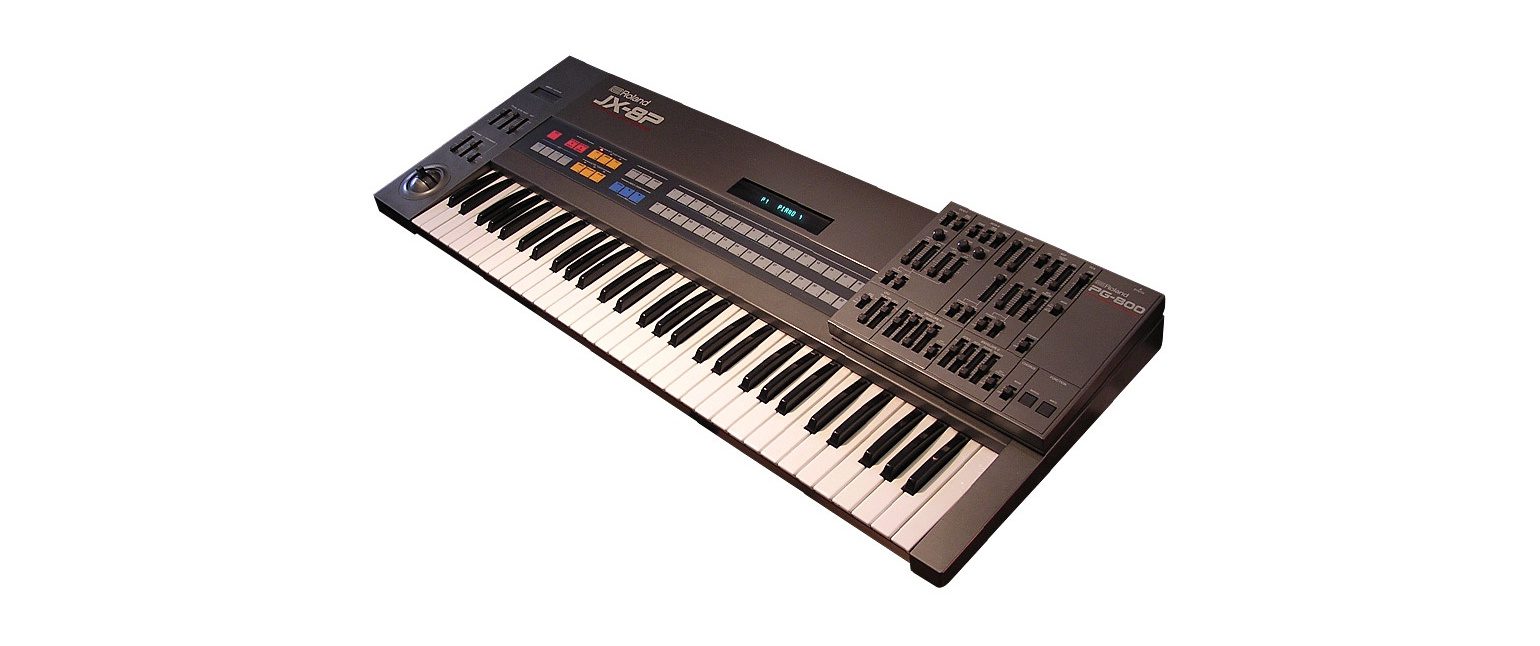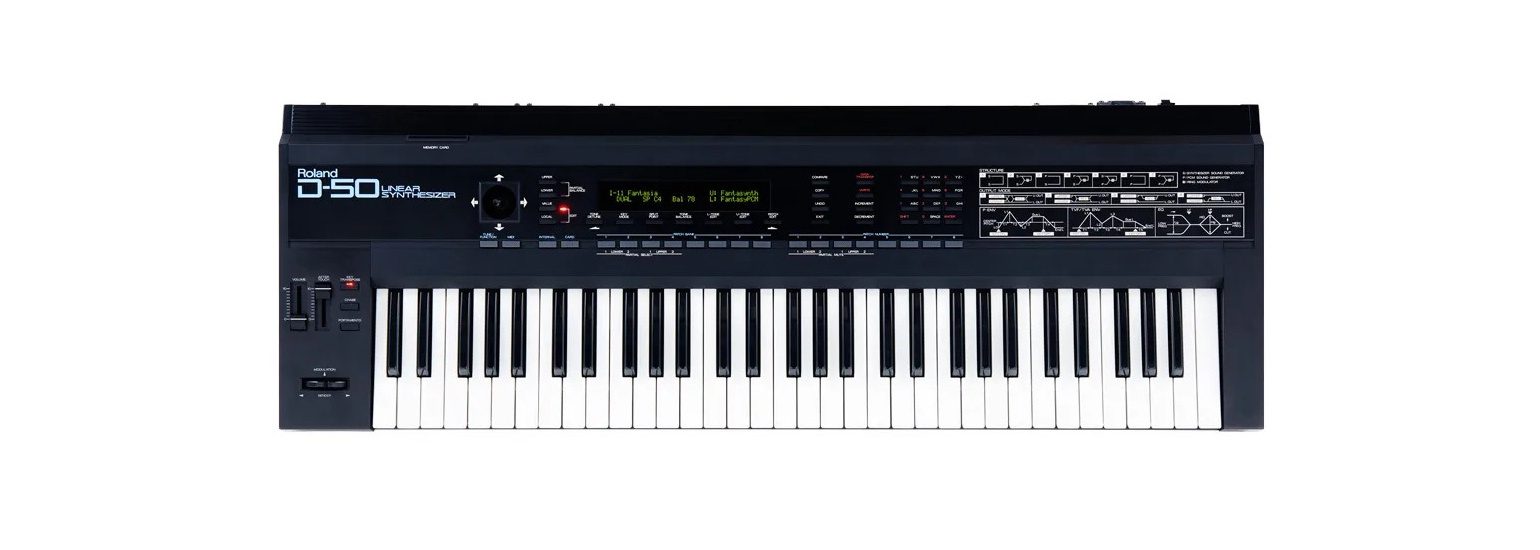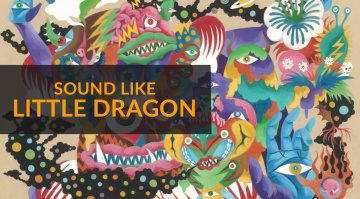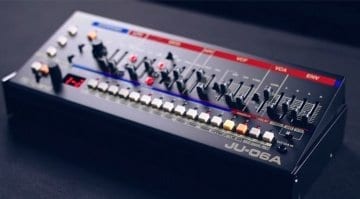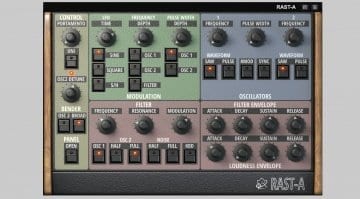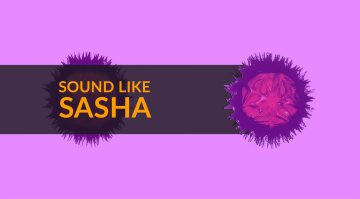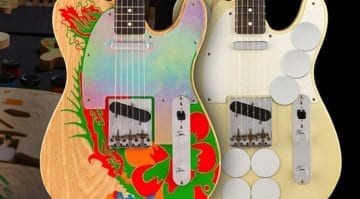Gothenburg Soul: How To Sound Like Little Dragon
With their characteristically soulful, euphoric sound, Little Dragon has reached an international audience and developed a cult-like following in the process. We take a closer look at their process and some of their interesting gear choices over the years.
Hailing from Gothenburg, Sweden, Yukimi Nagano (vocals), Erik Bodin (drums), Fredrik Wallin (bass), and Håkan Wirenstrand (keyboards) formed the band in 1996 when they found they shared a similar love for Jazz and Hip-Hop records.
They began releasing music back in 2006 and followed up with their self-titled debut album in 2007. Since then, the band has released a total of seven studio albums and collaborated on songs with the likes of Gorillaz, Kaytranada, and De La Soul.
The Little Dragon Sound
The band’s creative process stems from their mutual appreciation of raw, unprocessed sounds, and the fact that Erik, Fredrik, and Håkan each have built their own individual studio setups over the years.
This has allowed Yukimi to collaborate freely with each member building new ideas in an environment where anything goes, from vintage analogue and digital synthesizers to live drums, traditional woodwind, and percussion instruments.
Steinberg Cubase
Cubase was always the DAW preferred by Little Dragon, especially for the flexibility of its arranger functions, which allow you to work in a non-linear fashion and specify when and how a particular part of the song is played, without using the project window.
Another aspect is the ability to use both destructive and non-destructive editing features simultaneously, according to your preferred workflow and the CPU power you have available.
Cubase 12 is currently available in 3 different editions, including Cubase Elements, Artist, and Pro versions.
- More from Steinberg

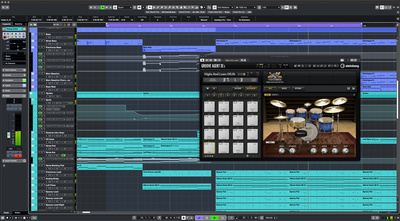
Oberheim Xpander
The Xpander is a 12 oscillator 6-voice polyphonic analogue synth released in 1984 with a multimode filter, as well as 5 LFOs and 5 envelopes per voice. It also has CV/Gate to MIDI conversion which is useful for communicating with other vintage gear.
Besides all the specs though, the Xpander is renowned for its sound above all else, and its digitally controlled analogue architecture makes it a unique and inspirational synth to work with.
As an alternative, the Sequential OB-6 module delivers the Oberheim sound and an impressive digital effects section.
- More from Oberheim

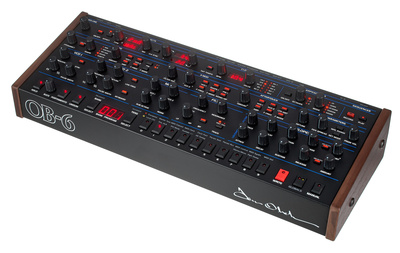
Waldorf Pulse
Don’t be fooled by its rather uninviting appearance, the Pulse rack is an incredibly versatile virtual analogue synth with 3 oscillators and a Moog-style analogue filter that gives it a unique sound.
Fredrik used the Pulse in his bass rig, triggered via MIDI. The Pulse+ also has CV to MIDI conversion, which is useful. Overall, the Pulse can produce anything from Moog leads and TB-303 basslines to incredibly low block-shaking sub-basses.
Unfortunately, even the Pulse 2 has now been discontinued. However, with the Dreadbox Typhon, you can get some great bass and lead sounds without spending too much.
- More from Waldorf

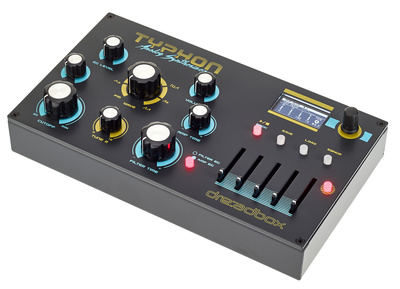
Roland J8-XP
The J8-XP is an entry-level 6-voice analogue polysynth from 1985 with 12 Juno-style digitally controlled analogue oscillators. Although it has a lush, warm sound, programming features are extremely limited.
To solve this problem though, Roland released the PG-800 controller armed with sliders for all the necessary programming functionality, and this puts the J8-XP in a different league from a creative point of view.
The JX-08 from Roland’s Boutique series provides all the familiar controls from the PG-800, with the original J8-XP sounds and a range of effects.
- More from Roland

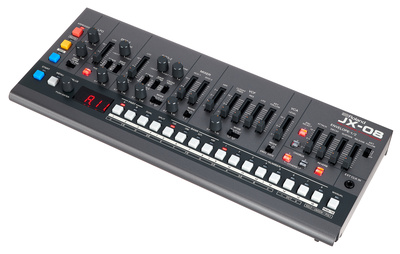
Roland D-50
The D-50 was Roland’s answer to the sledgehammer blow Yamaha landed on the music industry with the release of the DX7. It combined PCM waveform sampling with Linear Arithmetic Synthesis (LAS) in a unique digital engine.
While monotimbral, this feature could be upgraded, and the D-50 also provided a traditional subtractive synthesis workflow, with a VCF, envelopes, and LFOs. All of these features could be more easily accessed with the PG-1000 controller.
With the Roland Cloud D-50, you get a plug-in version with all the sounds from the D-50 and the PG-1000 interface.
- More from Roland

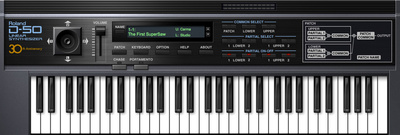
Which of your favourite artists would you like to see in our sound-alike series? Please let us know in the comments below.
More about Little Dragon:
- Little Dragon official page
- More sound-alikes
Videos:
You are currently viewing a placeholder content from YouTube. To access the actual content, click the button below. Please note that doing so will share data with third-party providers.
You are currently viewing a placeholder content from YouTube. To access the actual content, click the button below. Please note that doing so will share data with third-party providers.
You are currently viewing a placeholder content from YouTube. To access the actual content, click the button below. Please note that doing so will share data with third-party providers.
*Note: This article contains affiliate links that help us fund our site. Don’t worry: the price for you always stays the same! If you buy something through these links, we will receive a small commission. Thank you for your support!

 2,7 / 5,0 |
2,7 / 5,0 | 